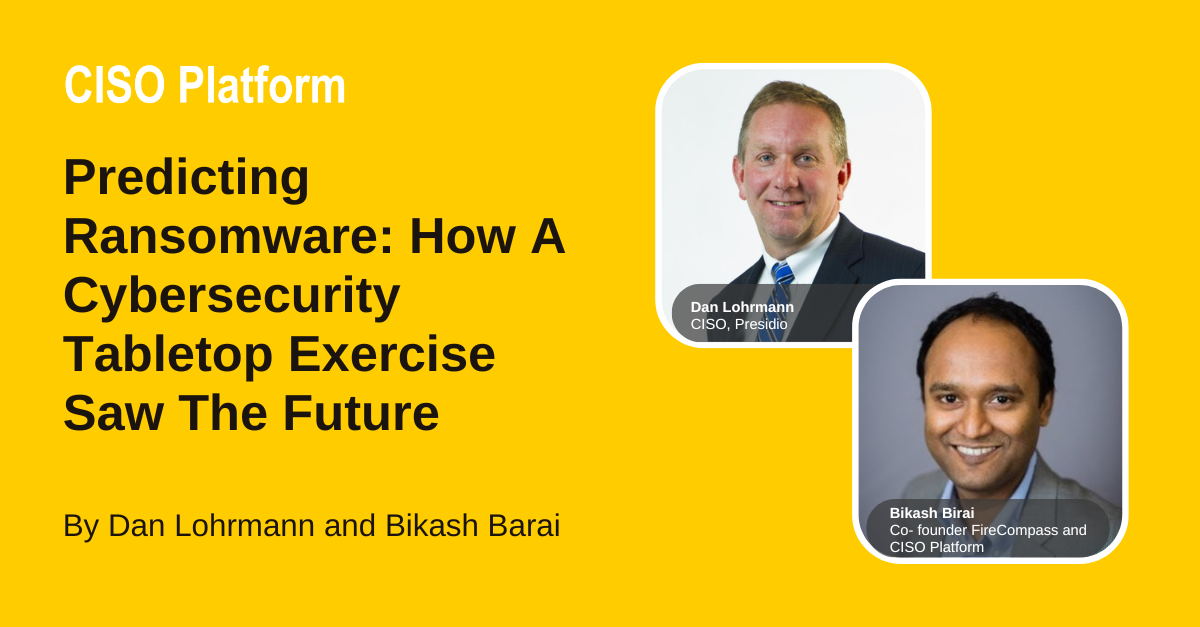This blog post discusses conducting successful cybersecurity crisis drills, emphasizing the importance of scenario planning and participation by key stakeholders.
Highlights:
Participants: Include top executives, legal counsel, finance (CFO), security team, law enforcement, and IT (CIO).
Scenario selection: Tailor scenarios to the organization's industry (e.g., hospitals, banks).
Resources: Leverage resources from organizations like NIST (US) for scenario development.
Structure: Define goals, agenda, roles, and desired outcomes beforehand.
Facilitation: Employ a facilitator to guide discussions and keep the exercise focused.
Open communication: Encourage open communication and participation from all attendees.
Debriefing: Conduct a post-drill debriefing to identify areas for improvement.
By carefully planning and executing tabletop exercises, organizations can improve their preparedness for real-world cyberattacks.
Speakers:
https://www.linkedin.com/in/danlohrmann/
Bikash Barai is credited for several innovations in the domain of Network Security and Anti-Spam Technologies and has multiple patents in USPTO. Fortune recognized Bikash among India’s Top 40 Business Leaders under the age of 40 (Fortune 40-under-40).Bikash is also an active speaker and has spoken at various forums like TiE, RSA Conference USA, TEDx etc.
Earlier he founded iViZ an IDG Ventures-backed company that was later acquired by Cigital and now Synopsys. iViZ was the first company in the world to take Ethical Hacking (or Penetration Testing) to the cloud.
https://twitter.com/bikashbarai1
https://www.linkedin.com/in/bikashbarai/


Comments